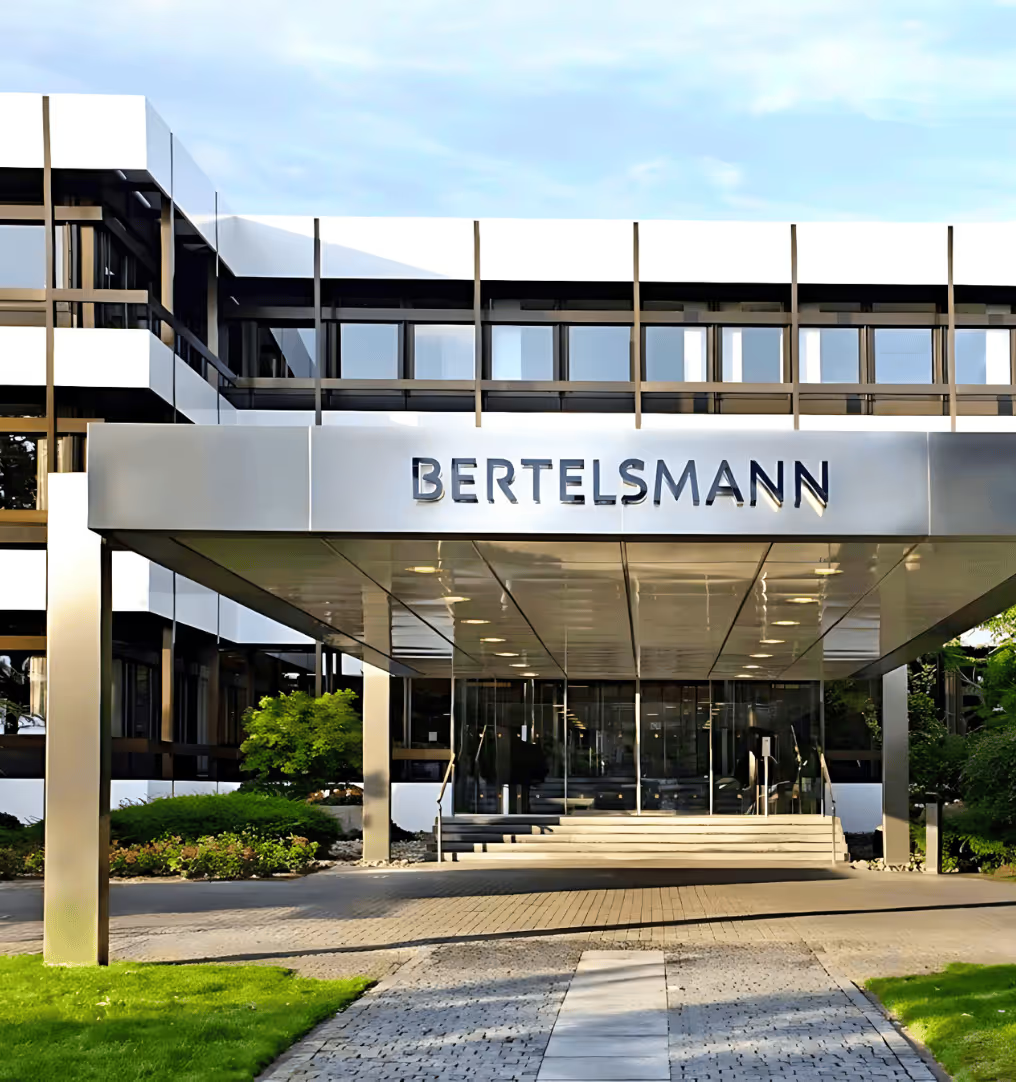Top 10 Procurement Mistakes to Avoid

Procurement decisions shape the foundation of every organization’s operations, and when done right, they create lasting value across the supply chain. In today’s volatile and competitive landscape, procurement isn’t just about buying goods or services, it’s about driving efficiency, reducing risk, and enabling strategic growth.
Yet, even the most well-intentioned procurement strategies can fall short due to avoidable missteps. Whether it’s choosing a supplier based solely on price or failing to account for regulatory compliance, procurement mistakes can lead to missed savings, operational delays, reputational damage, and unnecessary exposure to risk.
This article outlines the 10 most common procurement mistakes made by organizations across industries. More importantly, it offers practical guidance on how to recognize and avoid these pitfalls to build a smarter, more agile procurement function that drives performance and protects your bottom line.
TL;DR
- What procurement mistakes are and why they matter.
- Common causes of procurement mistakes.
- Top 10 procurement mistakes organizations must avoid.
- Practical solutions for each mistake.
- How modern tools like akirolabs help improve procurement.
- Final takeaways to transform procurement into a strategic function.
What are Procurement Mistakes?
Procurement mistakes refer to errors, oversights, or poor decisions made during the sourcing and purchasing process that negatively impact an organization’s efficiency, cost structure, or supply chain stability. These can range from choosing the wrong vendor or overlooking compliance issues to failing to forecast demand accurately.
While some mistakes are minor and easily corrected, others can lead to significant financial losses, operational disruptions, or reputational damage. In a competitive and cost-sensitive business environment, even a single procurement error, such as signing a poorly negotiated contract or relying on an unreliable supplier, can create cascading consequences across departments and stakeholders.
In short, procurement mistakes are not just operational flaws, they are strategic risks that can undermine a company’s growth and resilience if left unaddressed.
Understanding what procurement mistakes are is just the beginning. To effectively tackle them, it’s important to identify the root causes that lead to these issues in the first place.
What Causes Procurement Mistakes?
Procurement mistakes often arise from a combination of structural issues, limited visibility, and human error. A common root cause is the over-reliance on manual processes such as spreadsheets, emails, and fragmented systems, which can lead to data gaps and miscommunication.
Lack of cross-functional collaboration is another frequent culprit. When procurement decisions are made in silos, without input from finance, legal, or operations, important considerations like compliance, budget alignment, or quality standards may be overlooked.
Additionally, insufficient training, unclear procurement policies, and pressure to cut costs quickly can cause teams to make reactive decisions without fully understanding long-term implications.
In many cases, organizations simply lack the right tools and frameworks to support strategic procurement, leading to avoidable risks that erode efficiency, value, and trust.
With a clear view of the underlying causes, organizations can now turn their attention to the most frequent procurement missteps that threaten operational efficiency and strategic impact.
10 Common Procurement Mistakes to Avoid
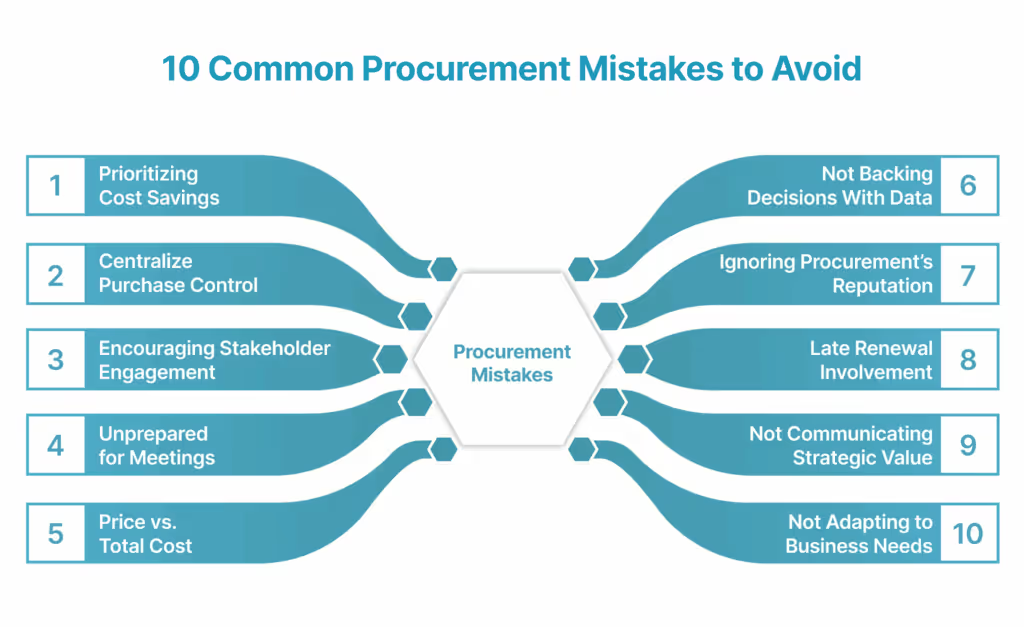
Even the most experienced procurement teams are not immune to missteps. But recognizing these common pitfalls is the first step toward building a smarter, more resilient procurement process.
Below are ten procurement mistakes that organizations should actively avoid, and how to fix them.
Mistake 1: Assuming Cost Savings Is Always the Top Priority
Many procurement teams prioritize cost reduction, but stakeholder priorities are often more nuanced. Focusing solely on price overlooks other critical factors like speed, performance, compliance, or supplier relationships. Procurement strategies that do not align with departmental objectives often fail to gain traction internally. Instead, procurement leaders must start by understanding stakeholder goals and tailoring value propositions to match. Alignment, not assumptions, is key to success.
Mistake 2: Trying to Centralize and Control Every Purchase
Attempting to manually manage or control every purchase decision can lead to bottlenecks, burnout, and slow procurement cycles. This is especially problematic in organizations without scalable systems. Effective procurement requires segmentation, high-value or high-risk spend should be tightly managed, while low-risk purchases can flow through self-service or automated channels. A tiered approach ensures agility while maintaining governance.
Mistake 3: Expecting Stakeholders to Proactively Engage Procurement
One of the most common frustrations in procurement is lack of stakeholder engagement. But engagement won’t happen automatically. Without proactive outreach and demonstrated value, procurement risks being bypassed. Teams must identify opportunities to support upcoming renewals, vendor performance issues, or compliance concerns, and reach out with solutions, not restrictions. Making procurement approachable and supportive builds internal credibility.
Mistake 4: Attending Stakeholder Meetings Unprepared
Entering meetings without adequate knowledge of supplier history, spend data, or market benchmarks can damage procurement’s credibility. Stakeholders expect procurement to provide insights and solutions, not to be briefed from scratch. Accessing spend reports, supplier profiles, and renewal timelines beforehand positions procurement as a strategic partner. Being informed is the baseline for trust and influence.
Mistake 5: Overemphasizing Price Instead of Total Cost and Risk
Focusing only on the lowest price can be a costly error. It often leads to hidden long-term expenses, such as implementation issues, service failures, or inflexible contracts. Best-in-class procurement teams assess the total cost of ownership (TCO), including training, support, operational risk, renewal uplifts, and exit flexibility. Procurement should also evaluate risk factors like vendor concentration, legal exposure, and SLA compliance before finalizing any agreement.
Mistake 6: Not Backing Decisions With Data
Procurement teams often struggle to justify their value when decisions lack data support. Discounts, process improvements, or risk mitigation measures need to be benchmarked and contextualized to gain executive approval. Tools that aggregate supplier performance data, industry benchmarks, and pricing intelligence can help justify decisions and increase stakeholder confidence. Data isn’t just for reporting, it’s critical for driving faster and smarter approvals.
Mistake 7: Ignoring the Importance of Procurement’s Reputation
Internal perception of procurement plays a major role in how teams are engaged. When procurement is viewed as a roadblock rather than a value enabler, business units avoid involving them. This leads to maverick spend, contract risks, and missed synergies. Procurement professionals must actively manage their reputation by being responsive, consultative, and results-oriented. Being seen as a partner, not a policy enforcer, improves long-term collaboration.
Mistake 8: Getting Involved Too Late in Renewals
Last-minute procurement involvement in contract renewals strips away negotiation leverage and limits alternative options. Without time to assess needs or evaluate the market, organizations end up accepting price hikes or auto-renewals by default. A well-maintained renewal calendar, with 90–180 day lead times, allows teams to proactively reassess vendor performance, gather internal feedback, and prepare negotiation strategies well in advance.
Mistake 9: Failing to Communicate Strategic Value Beyond Savings
When procurement’s only KPI is cost savings, the function risks being deprioritized as business objectives shift. In reality, procurement plays a critical role in enabling growth, accelerating time-to-value, and ensuring operational resilience. Leaders must communicate their strategic impact through metrics like supplier enablement time, risk mitigation, ESG alignment, and innovation support. The more procurement is tied to business outcomes, the more indispensable it becomes.
Mistake 10: Not Adapting to Evolving Business Needs
As organizations grow and markets shift, procurement strategies must evolve. Rigid processes or outdated tools often fail to support rapid expansion, new regulations, or changing stakeholder needs. Procurement must stay agile, adopting new technologies like AI, refreshing vendor assessments, and continuously aligning with business priorities. Stagnation is the fastest way to lose influence and fall behind.
Avoiding these pitfalls requires more than awareness, it demands the right tools, frameworks, and technologies to support smarter, faster, and more aligned procurement decisions.
How can akirolabs Help with Procurement?
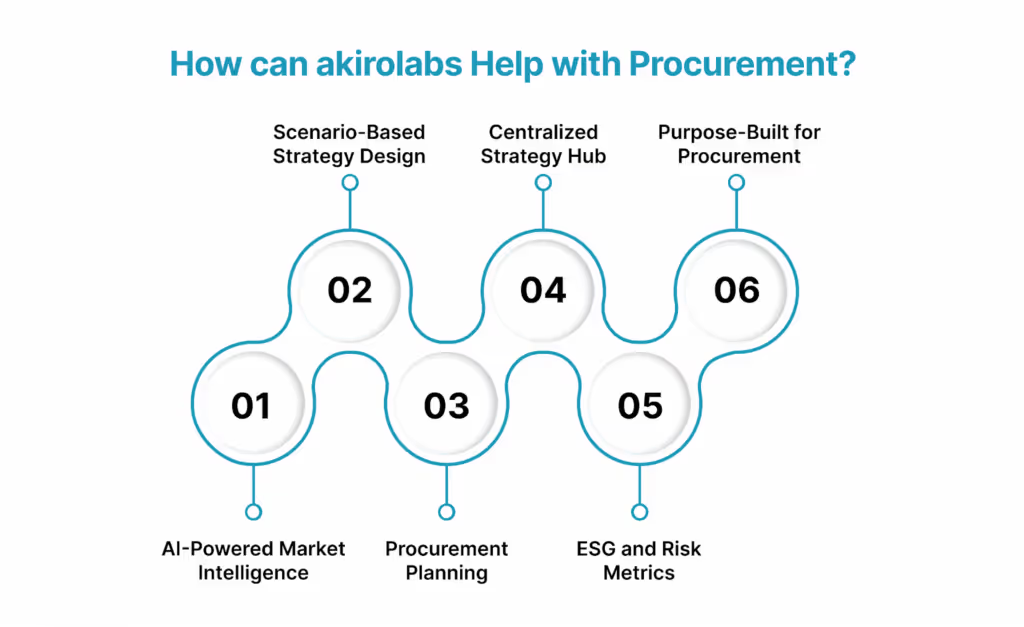
akirolabs transforms procurement from a tactical cost function into a strategic business enabler. Its AI-powered platform equips procurement teams with the insights, workflows, and collaboration tools needed to make smarter decisions, faster. Here's how:
1. AI-Powered Market Intelligence
akirolabs helps teams stay ahead of market shifts by continuously scanning external data sources to provide real-time intelligence on suppliers, categories, and market trends. It empowers you to make data-driven sourcing decisions and uncover opportunities that manual research might miss.
2. Scenario-Based Strategy Design
With akirolabs, procurement leaders can simulate various sourcing strategies using dynamic scenario modeling. This lets you evaluate trade-offs between cost, risk, ESG impact, and supplier performance, before committing to a course of action.
3. Collaborative Procurement Planning
Procurement isn’t done in isolation. akirolabs brings cross-functional stakeholders into the process with structured workflows, shared dashboards, and stakeholder surveys. This drives alignment between procurement strategies and business goals.
4. Centralized Strategy Hub
All procurement strategies, category plans, and supplier data are centralized in one place. This ensures consistency, visibility, and version control across global teams, no more hunting through spreadsheets or scattered files.
5. Integrated ESG and Risk Metrics
akirolabs allows organizations to embed Environmental, Social, and Governance (ESG) goals and risk assessment into procurement strategies from day one. This ensures compliance and supports more sustainable and resilient supply chains.
6. Purpose-Built for Strategic Procurement
Unlike ERP systems or basic sourcing tools, akirolabs is purpose-built for strategic procurement. It doesn’t just track transactions, it helps you design long-term, forward-looking procurement strategies that drive enterprise-wide value.
Whether you’re trying to align procurement with company objectives, optimize category performance, or future-proof your sourcing strategy, Akirolabs provides the intelligence and infrastructure to make it happen, at scale.
Ready to eliminate costly procurement mistakes? Discover how akirolabs can help you build a smarter, more strategic procurement function.
Conclusion
What once was a back-office task is now a key driver of business success, if done right. The most common mistakes in procurement today, from assuming cost savings is always the priority to ignoring automation, often stem from outdated mindsets, limited visibility, and poor stakeholder alignment.
Avoiding these pitfalls means shifting how procurement teams think and operate. It requires asking the right questions, using data to drive decisions, building trust with stakeholders, and implementing scalable, tech-enabled processes that evolve with the organization.
Procurement leaders who adopt this approach move beyond cost control to become strategic enablers of growth. By recognizing and fixing these core missteps, they elevate procurement from a support function to a value-driving powerhouse, one that delivers real business outcomes, resilience, and impact. To know more, schedule a free consultation with akirolabs.
FAQs
1. Why do procurement mistakes matter so much?
Procurement mistakes can lead to serious consequences, including financial losses, supply chain delays, compliance violations, and reputational harm. Even small errors, like failing to renew a vendor contract in time, can cascade into major operational disruptions.
2. How can companies reduce procurement errors?
Companies can reduce procurement errors by automating manual tasks, increasing cross-department collaboration, building proactive renewal systems, using data analytics to guide decisions, and investing in platforms like akirolabs for strategy-driven procurement.
3. Is focusing on cost savings still important in procurement?
Yes, but it shouldn’t be the only focus. Modern procurement strategies prioritize total cost of ownership, supplier reliability, compliance, and long-term value creation, especially in complex and dynamic markets.
What makes a successful pilot with akirolabs?
We define success collaboratively with your team. Typical outcomes include strategy creation for priority categories, measurable process improvements, and internal alignment. We provide full support and a clear roadmap for evaluation.
Can I try the platform hands-on after the demo?
Yes, we offer guided pilots and sandbox environments depending on your stage in the buying process. These give you and your team the opportunity to explore features in your own context.
Can I see how akirolabs would work with our specific categories?
Yes, we can tailor the demo to showcase how akirolabs works with your specific categories and procurement structure. Let us know your priority areas in advance, and we'll customize the demonstration accordingly.
Who should attend the demo from my organization?
We recommend including key stakeholders from your procurement leadership team, category management function, and procurement excellence or transformation groups. Including business stakeholders can also be valuable to demonstrate how the platform facilitates cross-functional collaboration.
How long does a typical demo take?
A standard demo takes approximately 45-60 minutes, allowing time for a comprehensive overview of the platform and discussion of your specific requirements. We can adjust the timing based on your availability and areas of interest.
What will I see during an akirolabs demo?
During the demo, you'll see the complete akirolabs Category Strategy Workbench in action, including the collaborative workflow, AI-powered insights from akiroAssist, strategic scenario modeling capabilities, and the Strategy One-Pager feature. We'll customize the demonstration to focus on aspects most relevant to your organization's needs.
Ready to Transform Your Procurement Strategy?
There’s a better way to do procurement. This is IT.
.avif)








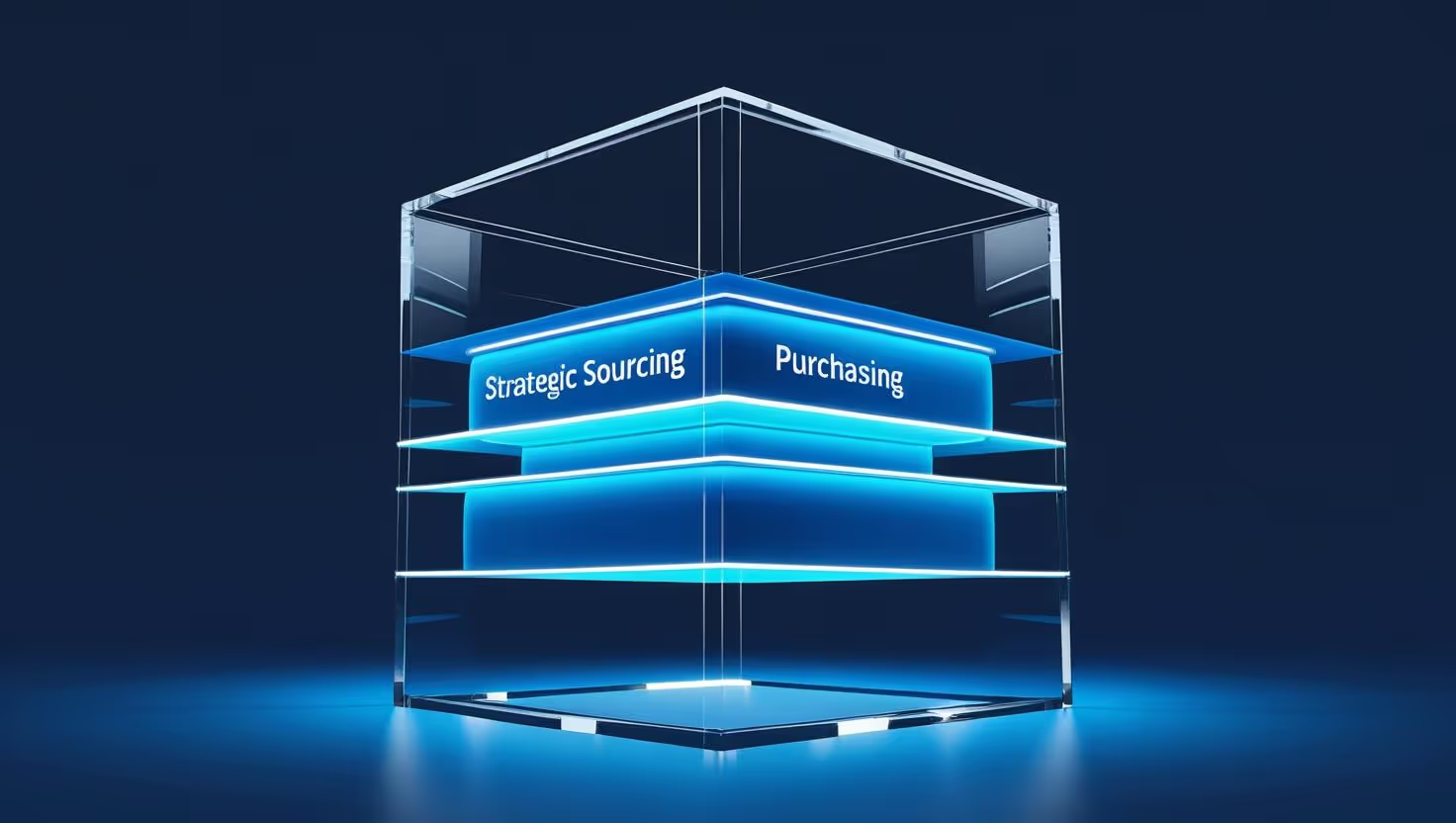





















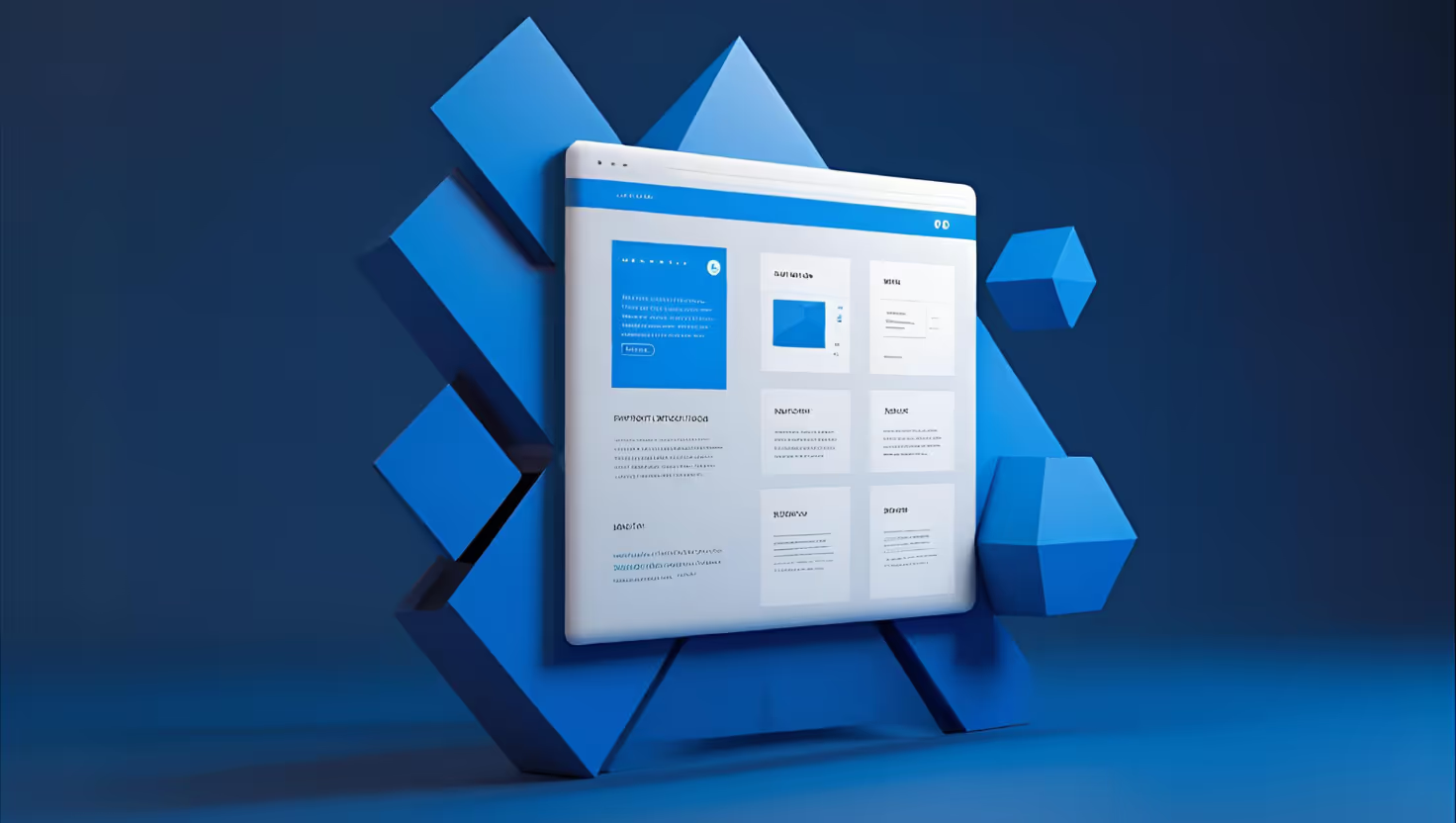










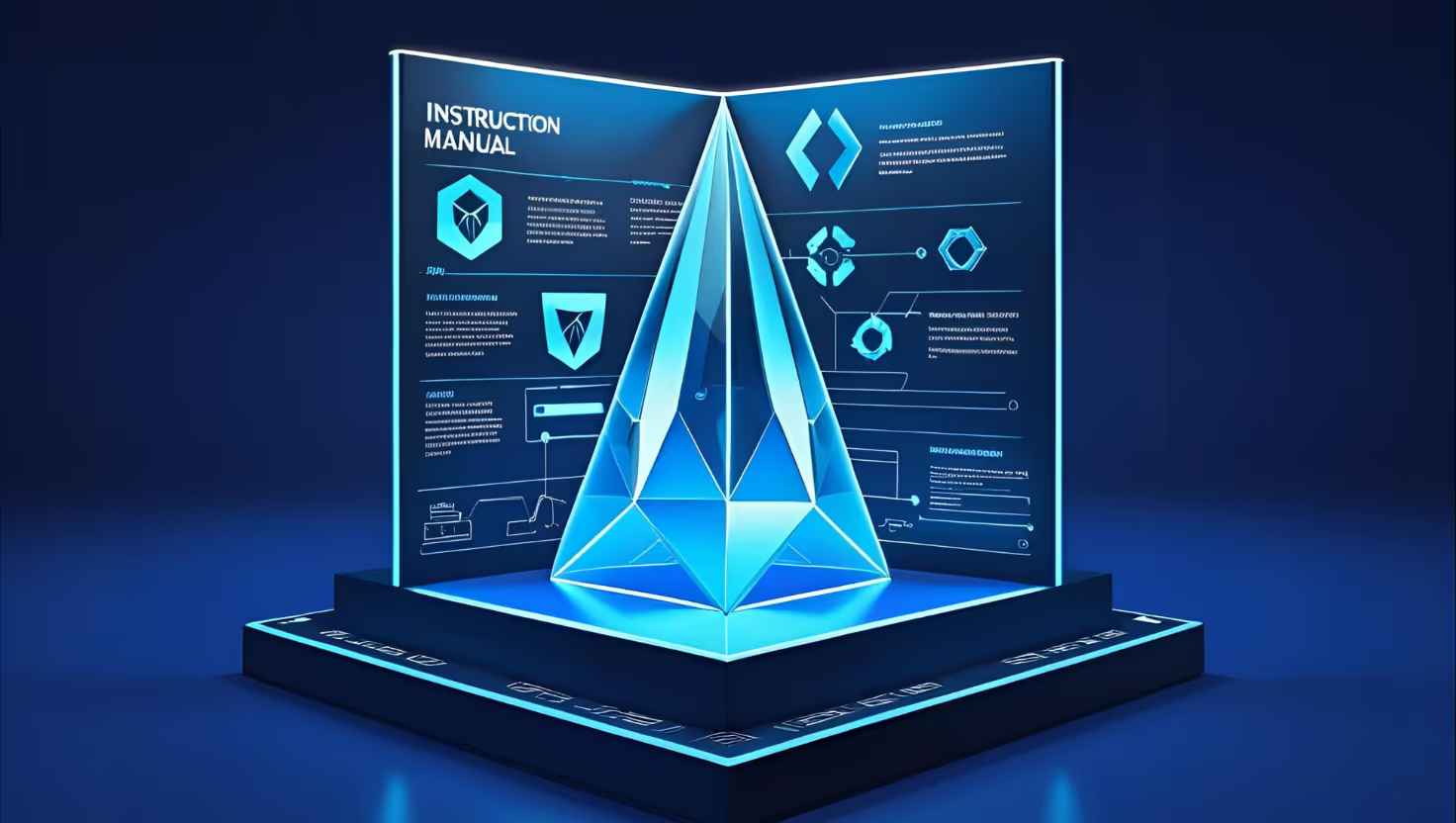




















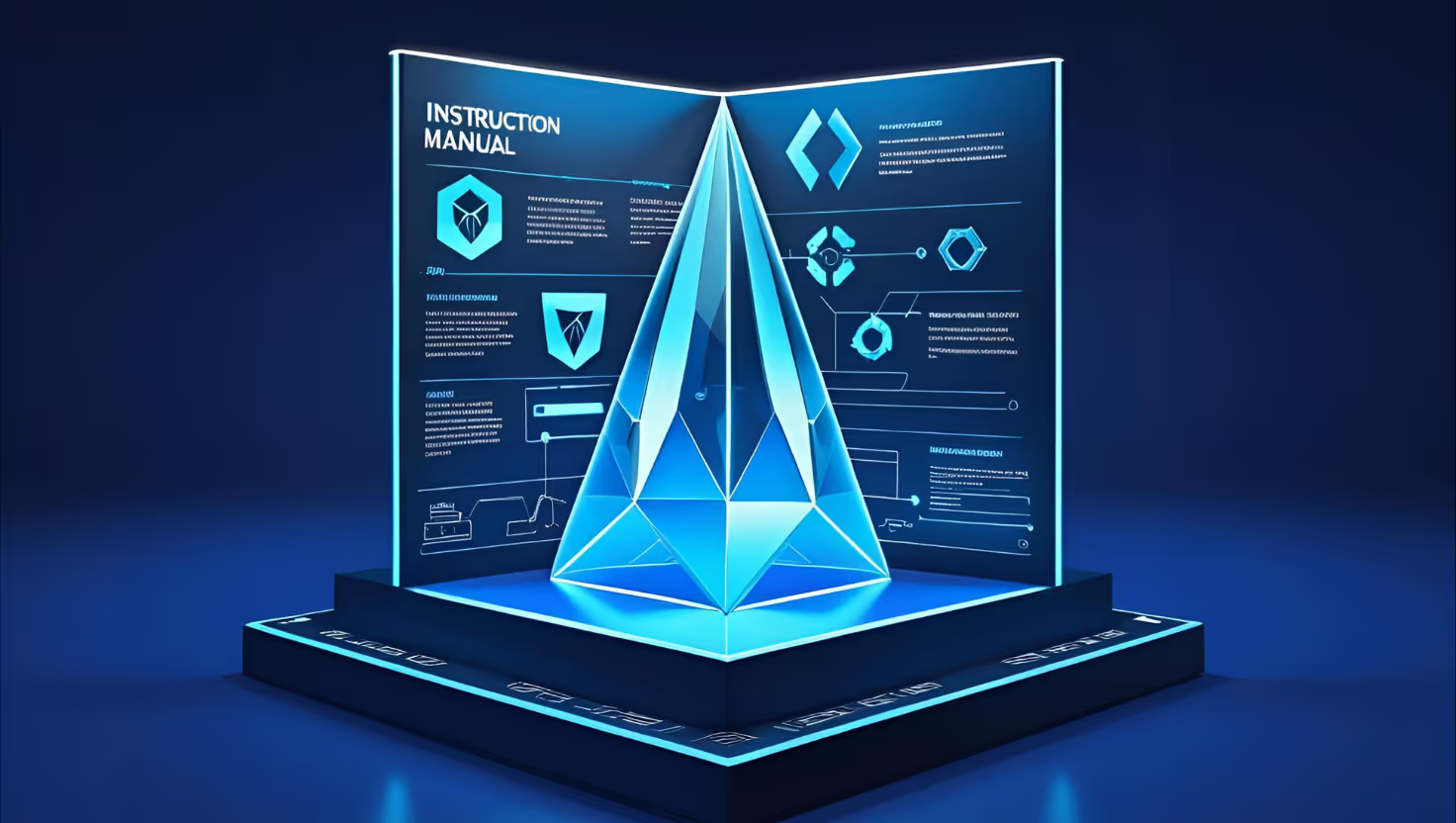










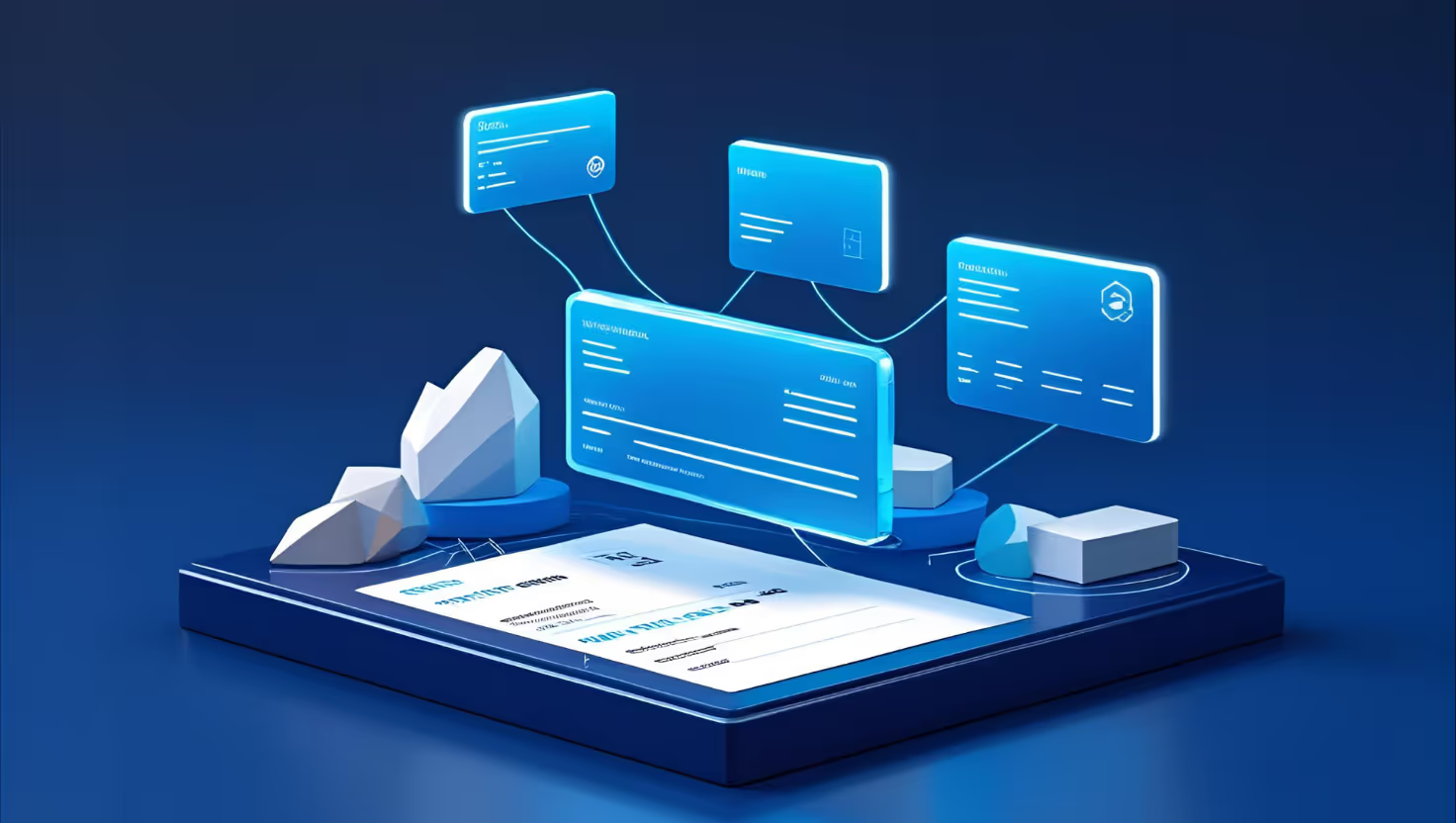














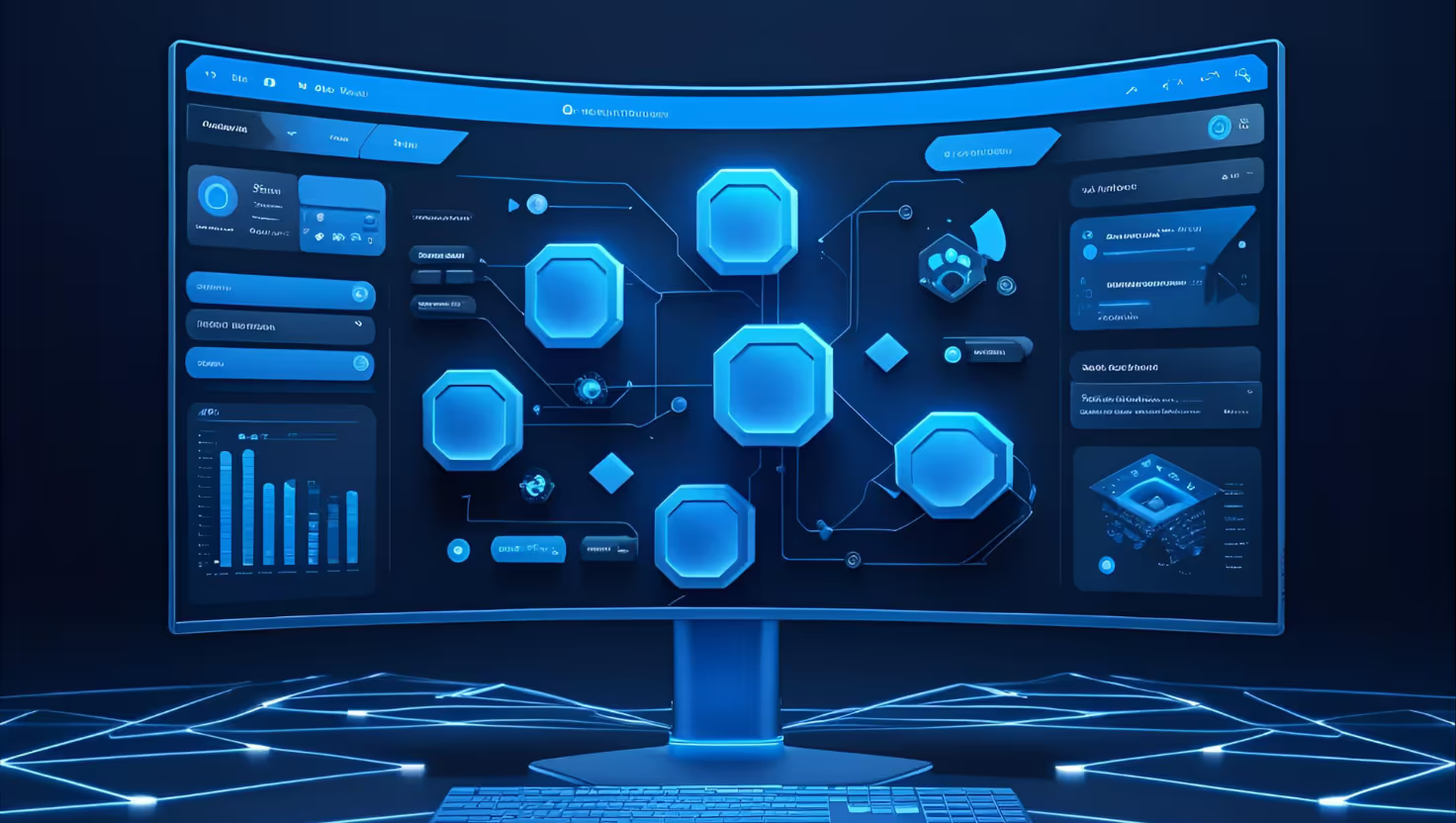












.avif)






